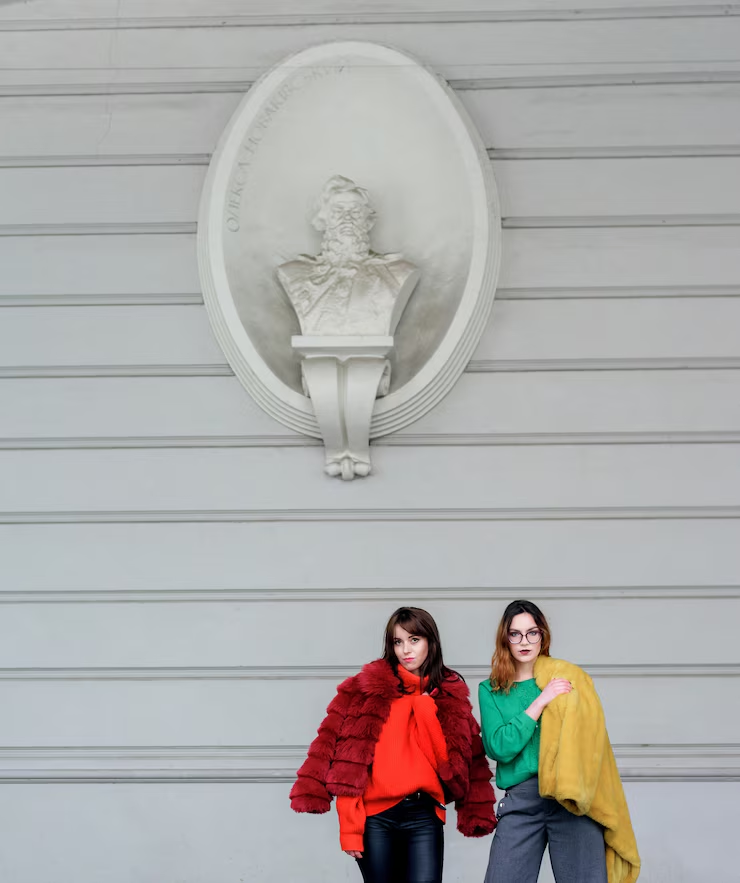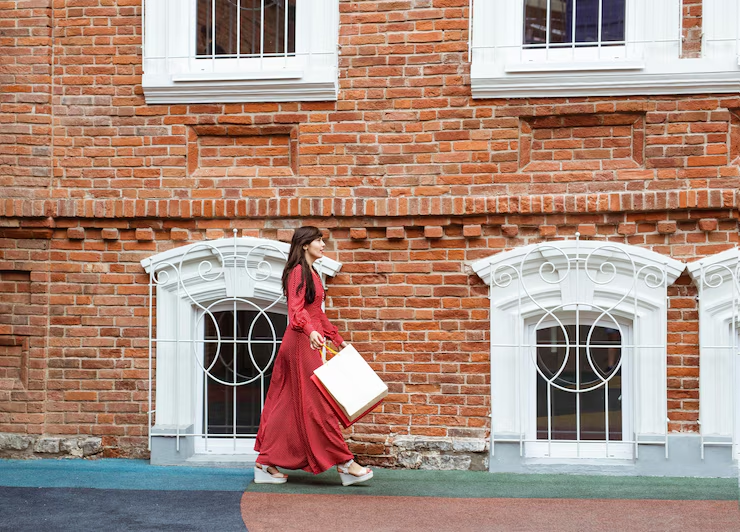Table of contents
How History, Culture, and Design Shaped Global Fashion Giants

The Legacy of Iconic Fashion Houses stretches far beyond runways and glossy magazines. It’s a tapestry woven from innovation, culture, craftsmanship, and an unwavering commitment to identity. From Parisian ateliers to Italian couture salons, these historic fashion empires have left an indelible mark not just on garments—but on entire eras of style, art, and societal expression.
In this article, we explore how some of the world’s most prestigious fashion houses built their legacies, sustained their influence, and adapted across decades of changing tastes and technologies.
The Roots of Fashion Royalty

Long before fast fashion dominated the market, fashion houses like Chanel, Dior, Gucci, and Balenciaga began defining the aesthetic codes of elegance and status. Founded in the early 20th century—or even earlier—these brands were more than clothing labels; they were lifestyle philosophies.
- Chanel, under the visionary Coco Chanel, revolutionized women’s wear by introducing comfortable yet chic designs like the little black dress and tweed suit.
- Christian Dior created the iconic “New Look” in 1947, symbolizing post-war femininity and opulence.
- Gucci, launched in Florence in 1921, blended artisan leatherwork with an aristocratic air.
- Balenciaga, known for its avant-garde silhouettes, stood at the pinnacle of couture innovation.
The Legacy of Iconic Fashion Houses like these lies in their ability to shape how we see not only clothes—but also ourselves.
Innovation That Endures

One reason these houses remain relevant is their relentless innovation. While they honor their founders’ visions, they continually evolve:
- Dior brought in designers like Yves Saint Laurent, John Galliano, and Maria Grazia Chiuri to reinterpret femininity.
- Gucci, under Tom Ford and later Alessandro Michele, embraced bold maximalism and gender-fluid fashion.
- Chanel retained its luxury code through the stewardship of Karl Lagerfeld, who modernized the brand while maintaining Coco’s timeless vision.
This blend of legacy and reinvention is what makes the Legacy of Iconic Fashion Houses not just historic, but also ever-present in the cultural zeitgeist.
Fashion as Cultural Commentary
These fashion houses have often been mirrors of society. They reflect, react to, and even influence cultural shifts:
- The flapper styles of the 1920s.
- The structured silhouettes of the 1950s.
- The anti-establishment flair of 1970s punk and grunge.
Designers often address social issues, from gender norms to environmental concerns, transforming their collections into statements. The Legacy of Iconic Fashion Houses includes this power to engage in meaningful cultural conversations through clothing.
Global Expansion and Enduring Prestige
What began as small ateliers are now global fashion empires, commanding attention across five continents. From flagship stores in Paris and Milan to pop-up events in Tokyo and Dubai, these brands have become synonymous with luxury, aspiration, and timeless design.
Even amid growing trends in minimalism and sustainability, the prestige of these houses remains intact. Their ability to tell compelling stories—whether through haute couture shows or digital campaigns—is a major factor in maintaining their worldwide allure.
The Digital Future of Fashion Houses
Today, these legacies are being reimagined for a new generation. Virtual runway shows, digital clothing, and AI-powered design are now part of the new narrative. Despite these changes, what remains constant is the emotional connection consumers have with the Legacy of Iconic Fashion Houses.
Younger audiences are rediscovering these brands not only through Instagram but also through archive-inspired capsule collections and NFTs. This digital bridge helps maintain the relevance of historic fashion houses in the modern world.
Frequently Asked Questions
A: An iconic fashion house is one that has significantly influenced fashion history, maintained a consistent brand identity, and contributed to cultural and aesthetic shifts over decades.
A: Their legacy represents craftsmanship, storytelling, and innovation, which continue to inspire new generations of designers and fashion lovers around the world.
A: Most have embraced technology, sustainability, and social media to remain relevant while staying true to their foundational aesthetics and philosophies.
A: Coco Chanel, Christian Dior, Cristóbal Balenciaga, and Guccio Gucci are just a few founders whose visions still guide their brands.
A: Creative directors reinterpret the brand’s core values and aesthetic for contemporary audiences, ensuring that the fashion house evolves without losing its identity.





